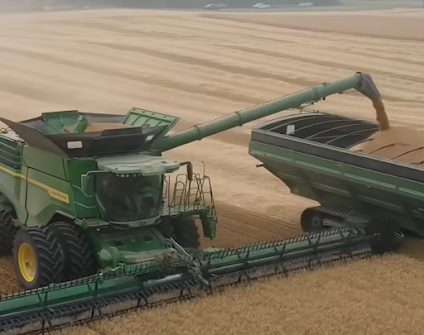Wheat, a staple crop central to human civilization, undergoes a remarkable journey through its stages of life, each phase vital to its ultimate harvest. The journey, while somewhat variant across different varieties, follows a fundamental pattern:
Planting marks the inception of this journey, with winter wheat sown in September or early October, capitalizing on the soil's moisture for germination. Conversely, spring wheat eagerly takes root as soon as temperatures permit in the spring, heralding the start of its growth cycle.
The growing stage witnesses the resumption of growth for winter wheat in the spring, as the plant readies itself for reproduction. The stem diligently pushes upwards, unfurling the head where kernels, the essence of wheat, begin to form. With flowering commencing, the kernels embark on their maturation journey, signaling the onset of the next phase.
Harvest, the culmination of months of toil and nurture, arrives when the kernels reach optimal ripeness. Combines, the modern-day reapers, meticulously gather the golden bounty, ensuring that the moisture content remains at or below 15 percent. Winter wheat's harvest commences in the warmth of May, extending into the depths of July. Meanwhile, the harvest for spring wheat kicks off in late July, drawing to a close by the end of August.
In this cyclical journey from planting to harvest, wheat exemplifies resilience and adaptability, providing sustenance for humanity across generations. Its stages of life not only symbolize agricultural prowess but also serve as a testament to the intricate dance between nature and human ingenuity.
Wheat Life Stages: Planting, Growing, Harvesting
Allicin: The Key Bioactive Compound Behind Garlic’s Health Benefits
-
Allicin, a sulfur-containing compound derived from the amino acid alliin,
is one of the primary reasons garlic has earned its long-standing
reputation as b...





